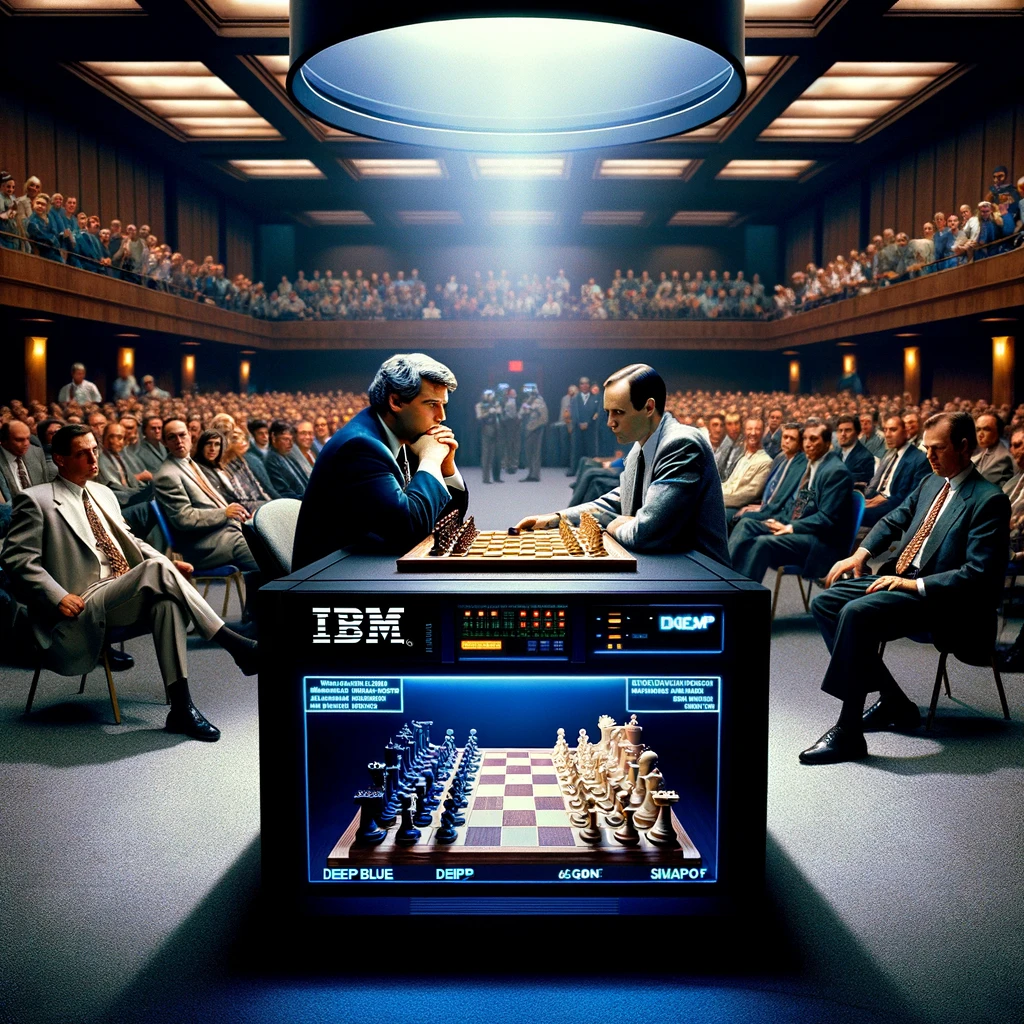Exploring significant Key AI Milestones in Artificial Intelligence (AI) is crucial as we trace the transformative evolution of this dynamic field. This journey, marked by Key AI Milestones that include groundbreaking technologies and theories, not only broadens the capabilities of machines but also deepens our understanding of intelligence.
The Genesis of Machine Learning

In 1952, Arthur Samuel at IBM coined the term “machine learning.” He created a checkers program that not only played but learned and improved from past games. This shift from static programming to machines capable of learning and adapting was revolutionary. Samuel’s pioneering work laid the groundwork for AI systems that evolve autonomously, epitomizing a core principle of modern machine learning. To discover more about the origins of machine learning, check out this resource.
The Perceptron and Neural Networks

1958 marked another crucial advancement with Frank Rosenblatt’s invention of the Perceptron. Although basic, this early neural network could recognize patterns and make simple decisions. It set the stage for the development of the complex neural networks that are central to today’s AI. Dive deeper into neural networks by visiting this link.
The AI Winter and Lessons Learned
AI has gone through several cycles of extreme optimism followed by profound disappointment, known as “AI winters.” The first significant AI winter occurred in the 1970s, brought on by technological limitations and inflated expectations. These periods highlighted the importance of setting achievable goals and making incremental progress. Learn more about the AI winters here.
Deep Blue’s Historic Victory

In 1997, IBM’s Deep Blue became famous for defeating world chess champion Garry Kasparov. This event demonstrated AI’s capacity for complex strategic decision-making, opening new avenues for AI in gaming and intricate problem-solving. Read about Deep Blue’s impact on AI here.
The Rise of Deep Learning
The early 21st century witnessed significant progress with deep learning. Training neural networks with multiple layers enabled these systems to make decisions with unprecedented accuracy. AlexNet’s success at the 2012 ImageNet challenge underscored deep learning’s ability to parse complex patterns, revolutionizing image and speech recognition. Further details on deep learning are available here.
AI Goes Mainstream
Today, AI is integrated into everyday life, not just academic study. From digital assistants like Siri and Alexa to innovations in healthcare and autonomous driving, AI’s influence continues to expand. These applications all stem from the milestones discussed, each building on the last to enhance intelligence and efficiency.
Conclusion
Recognizing these key AI milestones allows us to appreciate the vast growth and depth of AI’s evolution. As AI progresses, it builds on these foundational breakthroughs. Each new development ties back to past innovations, essential for exploring AI’s future possibilities. This understanding is crucial as we continue to strive to replicate human intelligence in machines.
Stay tuned for more insights as we continue our series on the History of AI, providing updates and analyses on the latest developments.



